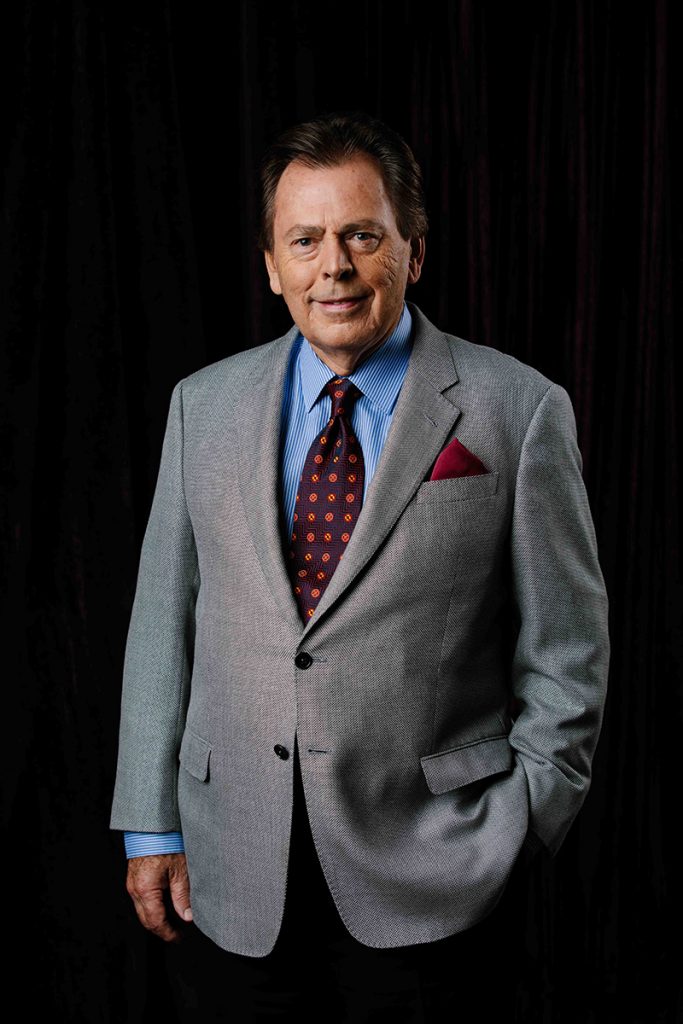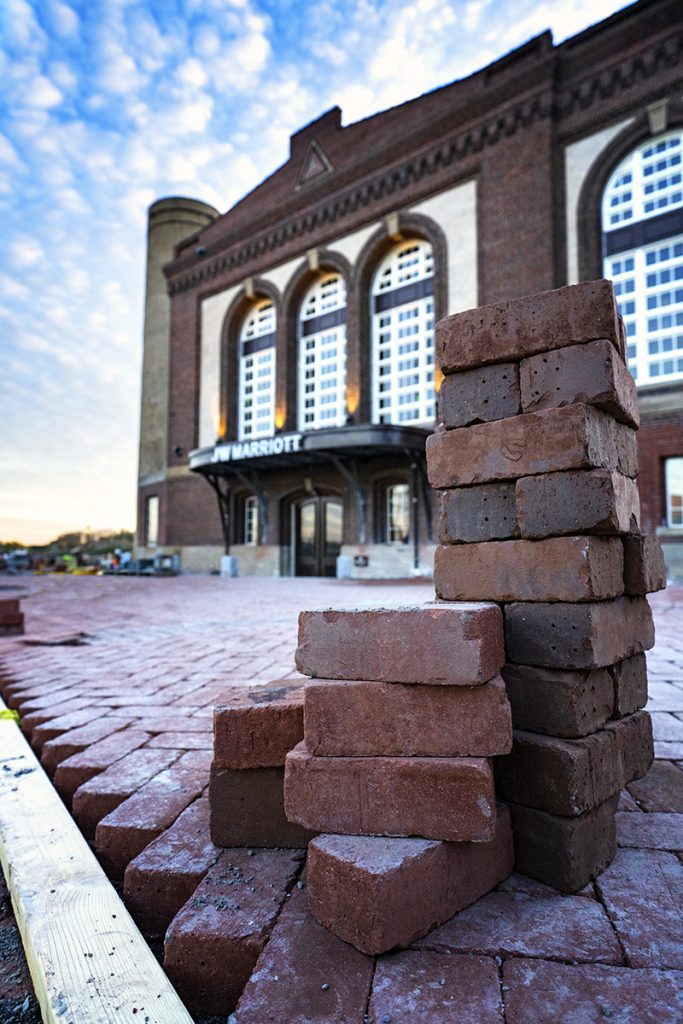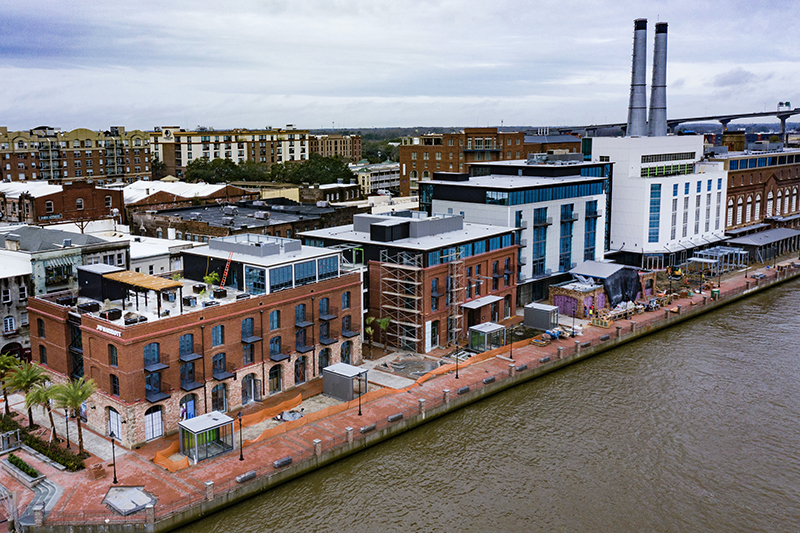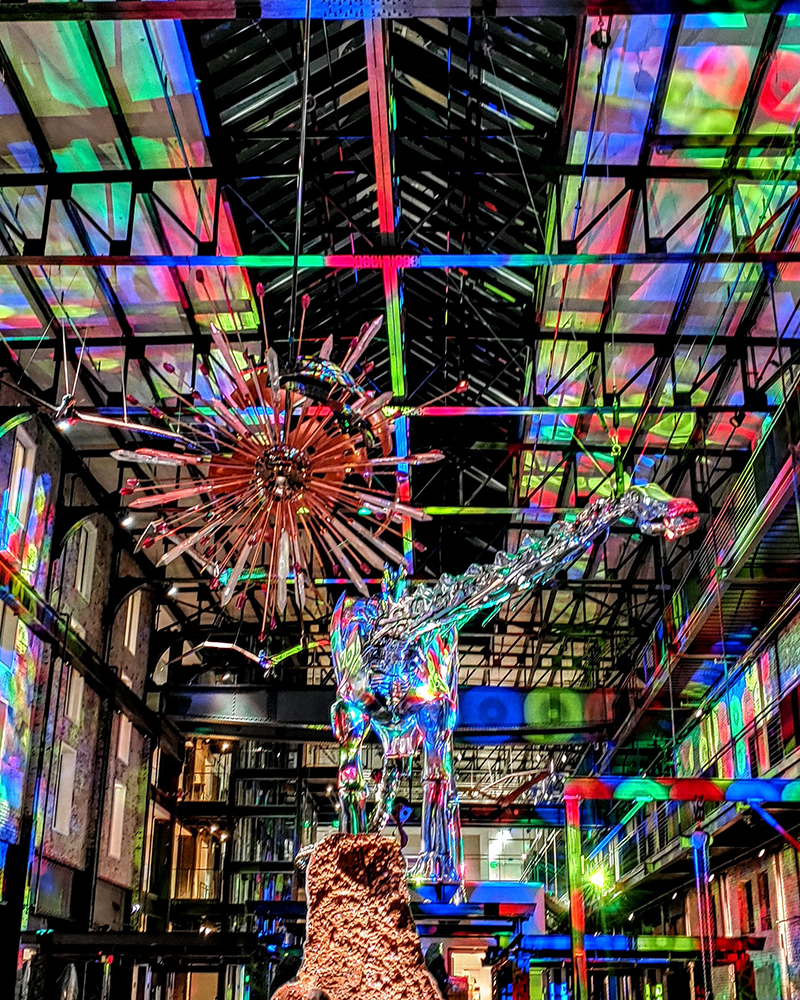Richard Kessler’s big idea for Savannah’s riverfront
Richard Kessler’s vast collection started with a purple cup. Every Friday growing up, Kessler made the trip from Rincon to Savannah with his family, stopping at the Bargain Corner Grocery on the corner of Bay Street and, occasionally, the general store across the way. “Once, the general store had these brilliantly colored aluminum cups,” he says. “My father said to pick whatever color I liked best, so I did. I went home with a purple cup.”

Like a magpie, Kessler collects whatever sparks his interest. As a child, he hauled wagon loads of white quartz rocks from the railroad to his home, where they would sit under an oak tree like museum artifacts for him to admire. Today, his collections are more highbrow — think antique Bösendorf pianos and rare Italian sculptures. “But I still have that cup somewhere,” he says.

Despite honing a keen eye for exquisite items from a very young age, Kessler says it took time for him to understand Savannah’s unique beauty. As he prepared to leave for college, he says, he began to realize the charms of the architectural haven he grew up in. From the ornate, Gothic Revival spires of the Temple Mickve Israel, to the Regency-style ionic columns at the Telfair Museum of Art, he realized that each detail held not only historical significance, but a story in and of itself.

At the Georgia Institute of Technology, Kessler narrowed his career options to three: a musician, a Lutheran pastor, or a real estate developer. Claiming to lack the innate talent necessary to become a musician (though he studied piano for 10 years), he nixed that idea. Nor, he felt, did he have the resources necessary to give back to the church in a way that properly conveyed his devotion. And so he became Richard Kessler, real estate mogul.

Since the early 1970s, Kessler has been shaping the fabric of Savannah. Walk anywhere in the Historic District, and you’re likely to see the result of Kessler’s work: the Kehoe house on Habersham Street, Mansion on Forsyth Park, the Armstrong-Kessler mansion — a National Landmark he restored in 2019 with the help of architect Christian Sottile to serve as his Savannah residence. What’s more, each of Kessler’s projects possesses a commitment to the native spirit of a building

“I think Richard really sees Savannah as a living place,” says Sottile. “He has a desire not only to preserve and restore but also to extend the life of these buildings. He’s attracted to heroic projects,” says Sottile, who has joined Kessler on perhaps his most ambitious project yet: Plant Riverside District. Extending the riverwalk by a quarter-mile and adding 670,000 square feet of entertainment and hospitality space to downtown Savannah’s historic waterfront, this is, according to the Plant Riverside District website, the largest redevelopment the Historic District has ever seen.

“This project is a massive undertaking,” Sotille says. “It could have been done in a very timid way, but Kessler engaged with every possibility that was there.” It’s that sort of courage that sets Kessler apart.
In all, the project encompasses a JW Marriott hotel, three distinctly themed buildings, high-end shopping, rooftop bars, art galleries, parks and live music venues — all in the footprint of the city’s first power plant, built-in 1912. The Electric Moon rooftop bar borrows its name from an early form of street lamps — 60-foot-tall towers emitting halos of circular light. (Savannah was one of the few cities in the country that had them.) The porte-cochère window welcoming visitors to the Three Muses hotels is held in place with 400-year-old heart-pine pilings unearthed while digging the building’s foundation. Each structure in the complex is modeled after a different century, and the intended effect of the newly extended riverwalk is a travel through time.

Inspired by the structure’s cavernous appearance (reminiscent of a cathedral or museum, he thought) Kessler decided to make the space into an actual museum, one that tells the history of power, energy, and natural sciences. In true Kessler fashion, he pushed that idea further — all the way back to the Mesozoic era. After a museum in Montana turned down his offer to purchase their 137-foot long seismosaurus, they offered to build Kessler a dinosaur of his very own.
“I tried to convince them to build it just a little bit bigger so it would break their record, but they weren’t having it,” he says. The 135-foot-long replica of Amphicoelias fragillimus, complete with 240 chrome- dipped bones and a neck that moves 12 feet up and down, was installed in its new home this past January.

That’s the kind of creator Kessler is, one who’s always looking for more. He doesn’t just want to build a dinosaur — he wants to build the world’s biggest dinosaur. He doesn’t just see a power plant, but the very origin of energy itself. When Kessler talks about his legacy, there is no hesitation. “Always leave things better than you found them,” he says. An old oak tree beautified by white quartz; a long-forgotten power plant made new. “Once you get into that mindset, it defines your actions.”
Plant Riverside District opens July 29, 2020

